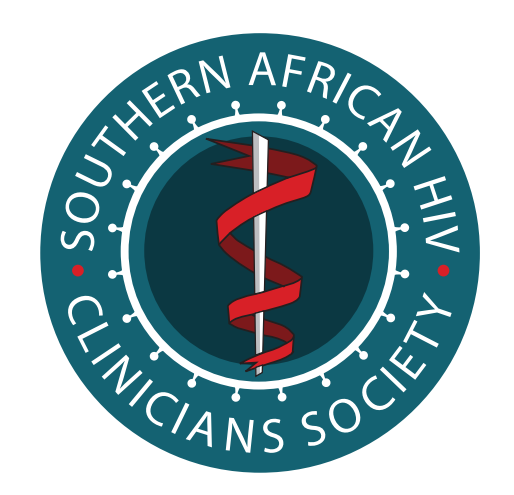Original Research
Safety of the surgeon: ‘Double-gloving’ during surgical procedures
Southern African Journal of HIV Medicine | Vol 15, No 4 | a325 |
DOI: https://doi.org/10.4102/sajhivmed.v15i4.325
| © 2014 O. A. Arowolo, E. A. Agbakwuru, G. C. Obonna, C. U. Onyia, A. A. Akinkuolie, J. G. Olaogun
| This work is licensed under CC Attribution 4.0
Submitted: 05 January 2014 | Published: 05 January 2014
Submitted: 05 January 2014 | Published: 05 January 2014
About the author(s)
O. A. Arowolo, Department of Surgery, Faculty of Clinical Sciences, Obafemi Awolowo University, Ile-Ife, NigeriaE. A. Agbakwuru, Department of Surgery, Faculty of Clinical Sciences, Obafemi Awolowo University, Ile-Ife, Nigeria
G. C. Obonna, Department of Surgery, Faculty of Clinical Sciences, Obafemi Awolowo University, Ile-Ife, Nigeria
C. U. Onyia, Department of Surgery, Obafemi Awolowo University Teaching Hospitals Complex, Ile-Ife, Nigeria
A. A. Akinkuolie, Department of Surgery, Faculty of Clinical Sciences, Obafemi Awolowo University, Ile-Ife, Nigeria
J. G. Olaogun, Department of Surgery, Obafemi Awolowo University Teaching Hospitals Complex, Ile-Ife, Nigeria
Full Text:
PDF (113KB)Abstract
Background. In the face of increasing HIV/AIDS prevalence in subSaharan Africa, we evaluate the effectiveness of ‘double-gloving’ during surgery as a means of protecting the surgeon operating on patients with a known or unknown HIV status.Methods. A prospective study was conducted to determine the rate of glove puncture and intraoperative injury in categories of patients with known positive, known negative or unknown HIV status.Results. The surgeon and the first assistant double-gloved in all the 1 050 procedures performed between 2009 and 2013, and a total of 8 400 surgical gloves were used. Sixty-nine patients (6.6%) were HIV-positive, 29 patients (2.8%) were HIV-negative, and the HIV status was unknown for the remaining 952 patients (90.7%). The overall glove puncture rate in the study was 14.5%. The glove puncture rate was 0%, 31% and 15% for HIV-positive, HIV-negative and HIV status unknown, respectively, and this difference was statistically significant. The mean operating time in the group with glove punctures was 148 min (95% confidence interval (CI) 135 - 161), while mean operating time in the group without glove puncture was 88 min (95% CI 84 - 92). Conclusion. Double-gloving offers protection against intraoperative injury. Knowing the HIV status of the patient offers additional protection to the operating surgeon. While we recommend routine double-gloving for surgeons working in HIV-prevalent patient populations, we also advocate for the routine screening for HIV in all surgical patients.
Keywords
No related keywords in the metadata.
Metrics
Total abstract views: 4850Total article views: 4317
Crossref Citations
1. Glove perforation in orthopaedic surgery: Pattern and predictors
Adesina Ajibade, KehindeSunday Oluwadiya, PeterBabatunde Olaitan, JohnsonDare Ogunlusi
Nigerian Journal of Orthopaedics and Trauma vol: 19 issue: 2 first page: 49 year: 2020
doi: 10.4103/njot.njot_16_20
